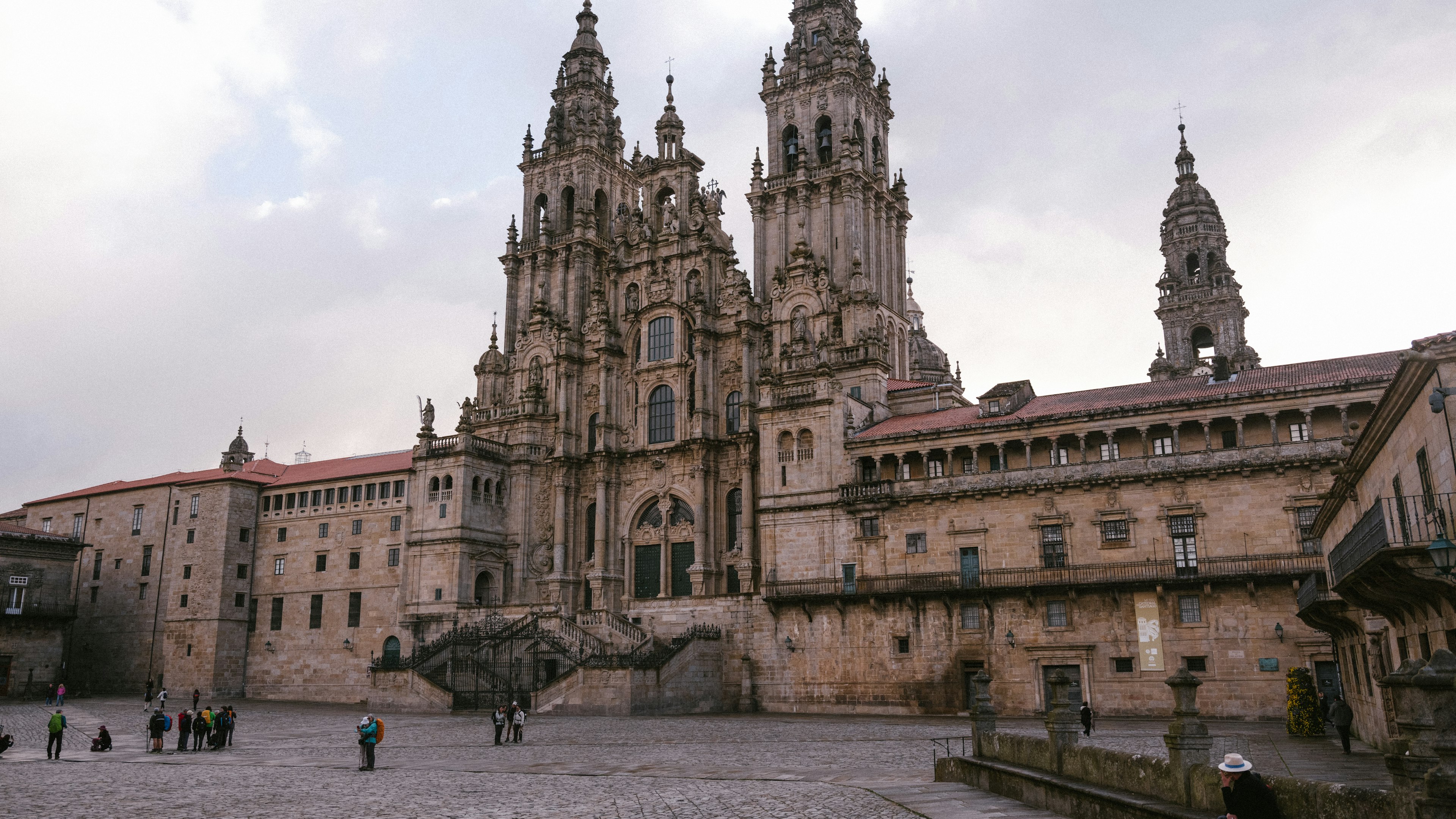Green Spain’s wild coastline, gastronomic delights, charming historic towns and unique cultural identity are incomparable. Nature and tradition have blessed these four provinces (Galicia, Asturias, Cantabria and Basque Country) with something for everyone, from hardcore adventurers to laid-back beachgoers.
In fact, there’s so much this northern region of Spain offers – for so many different types of travelers – that the best way to start planning is to talk to a local, passionate and expert guide.
We spoke with Estefanía Gonzalez, an Official Tourist Guide of Galicia and a cultural mediator at Parque Arqueolóxico da Cultura Castrexa – an archaeological park and interpretive center. We also talked to David Iglesias Pérez of Mil Positivos, an adventure travel planning service that runs mountain tours throughout northern Spain. With suggestions from the two of them, here are our favorite highlights of gorgeous Green Spain, and some insight on how a guide can help you create a unique, personalized experience – no matter what kind of adventure you’re looking for:
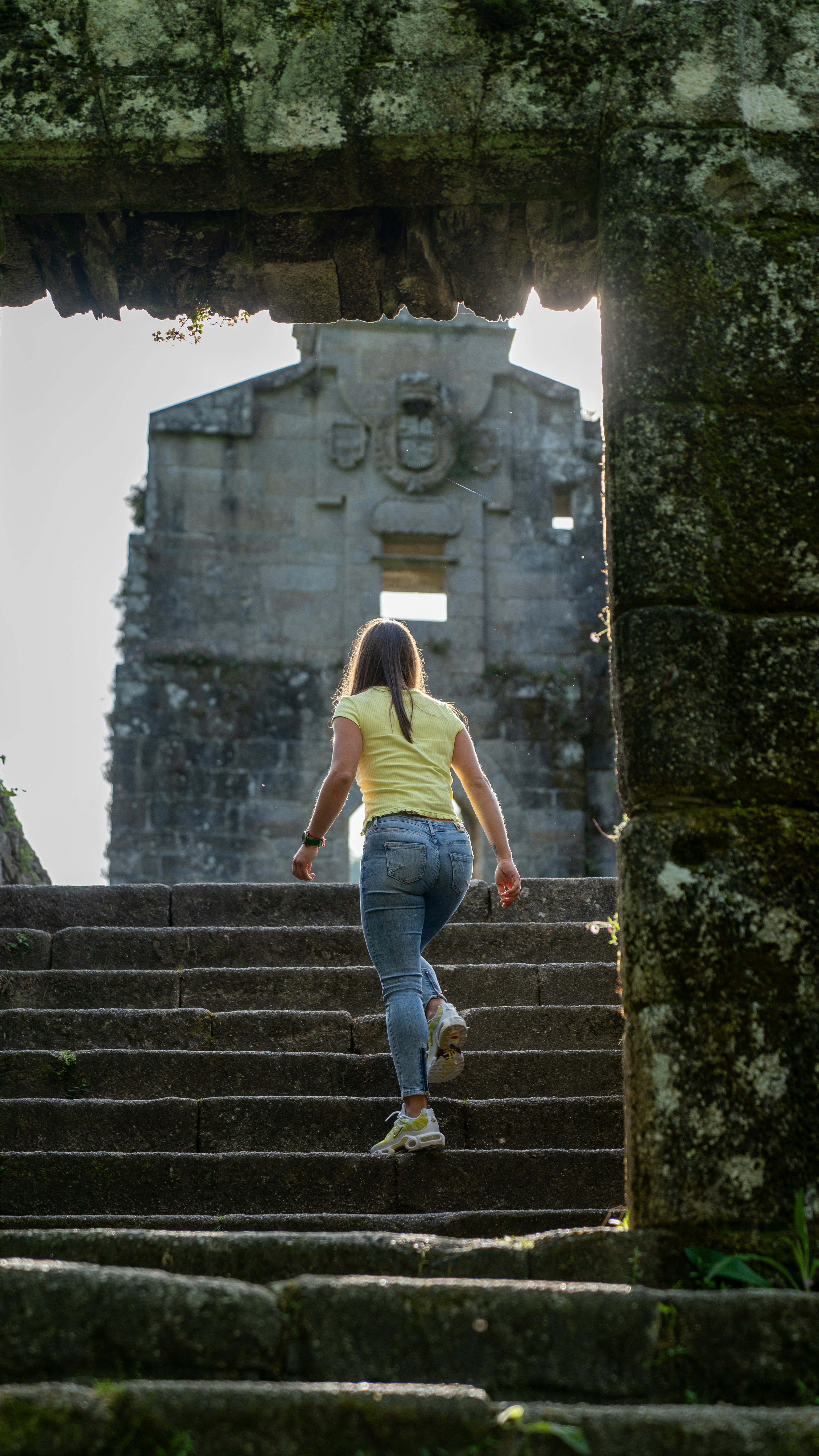


Galicia
Galicia is known for the incomparable atmosphere of Santiago de Compostela – the end point of the Camino de Santiago pilgrim trails – as well as its stunning coastal landscape, and perhaps the most delicious seafood in Europe. Its unique brand of Celtic and Spanish culture, rich history and charming traditions make it an authentic destination for culture aficionados, nature lovers and gastronomy enthusiasts alike.
-
Santiago de Compostela: This unique city is imbued with the aura of a millennium’s worth of journeys.
-
Costa da Morte: This is the eerily beautiful ‘Coast of Death,’ the westernmost outpost of mainland Spain, where mysteries and legends abound.
-
O Courel: Its mountains, forests, waterfalls, rivers, fortified villages and medieval remains make it a place of unparalleled beauty that leaves no one indifferent.
-
Islas Cíes: These three spectacular islands are home to some of Galicia’s most splendid beaches. Camping there is a unique experience in a dreamlike and highly protected environment.
-
Riás Altas: The wild, rugged coastline and southern Europe’s highest ocean cliffs are awe-inspiring from the Garita de Herbeira viewpoint.
-
Fragas do Eume: This natural park is one of the best-preserved Atlantic forests in Europe and a peaceful retreat with waterfalls, swinging bridges and endless views.
-
Seafood: The fruits of the ocean and coastline, from tender seabass, turbot or hake to octopus, squid, crabs, cockles, scallops, mussels and countless other crustaceans, are sublime. Try the pulpo á feira (octopus Galician style).
What the guides say: “A tour of the Ribeira Sacra is a perfect, complete experience that captures all the diversity and beauty of northern Spain. Here you can combine hiking trails, a riverboat ride in Sil Canyon, visits to wineries, Romanesque art at the monasteries, gastronomy and history – including archaeological sites and charming villages.” – Estefanía
Percebeiros prepare to depart from the fishing town of Corme, on the Costa da Morte. Blake Horn for Lonely Planet
Don’t miss: Percebes
Galicia is one of the finest spots on the planet to sample those tender, unusual crustaceans known as percebes. In a death-defying tradition, percebes (also known as goose barnacles), are harvested by skilled divers from the jagged cliffs on the Costa da Morte using methods passed down through generations. The barnacles cling strongly below the waterline, and the best come from the most dangerous places, where the waves crash hardest against the rocks: that’s where the muscle you’ll eventually eat is particularly strong and developed.
All that dangerous work is worth it. The flavor of percebes is justifiably celebrated – the juicy snap, creamy taste and faintly salty finish is like a kiss from the sea. They’re usually served with just a quick boil or steam in sea or salt water, but some places add a garlic-and-parsley sauce. The first person to try percebes sure was one adventurous individual, but we’re glad they did.
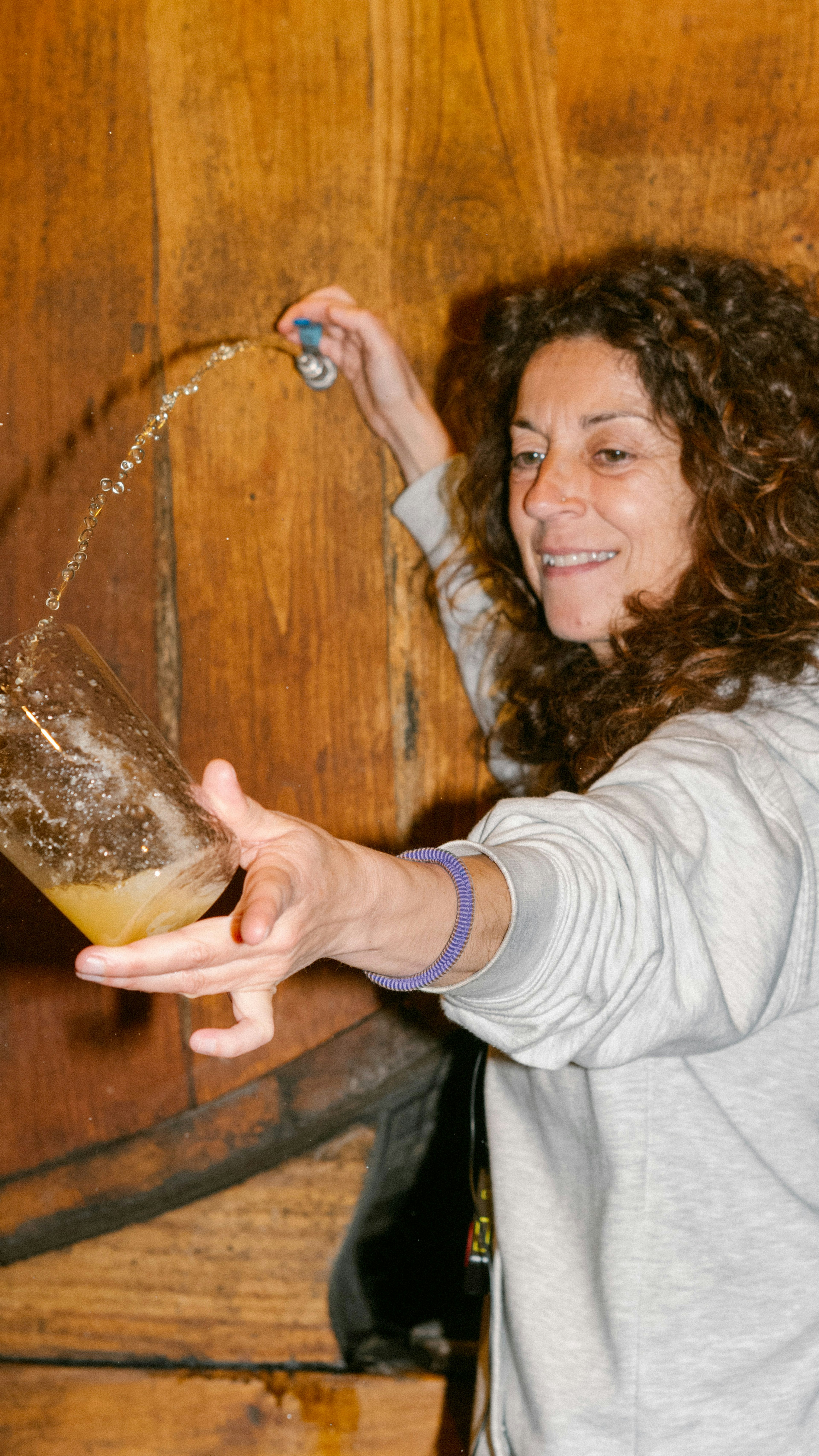


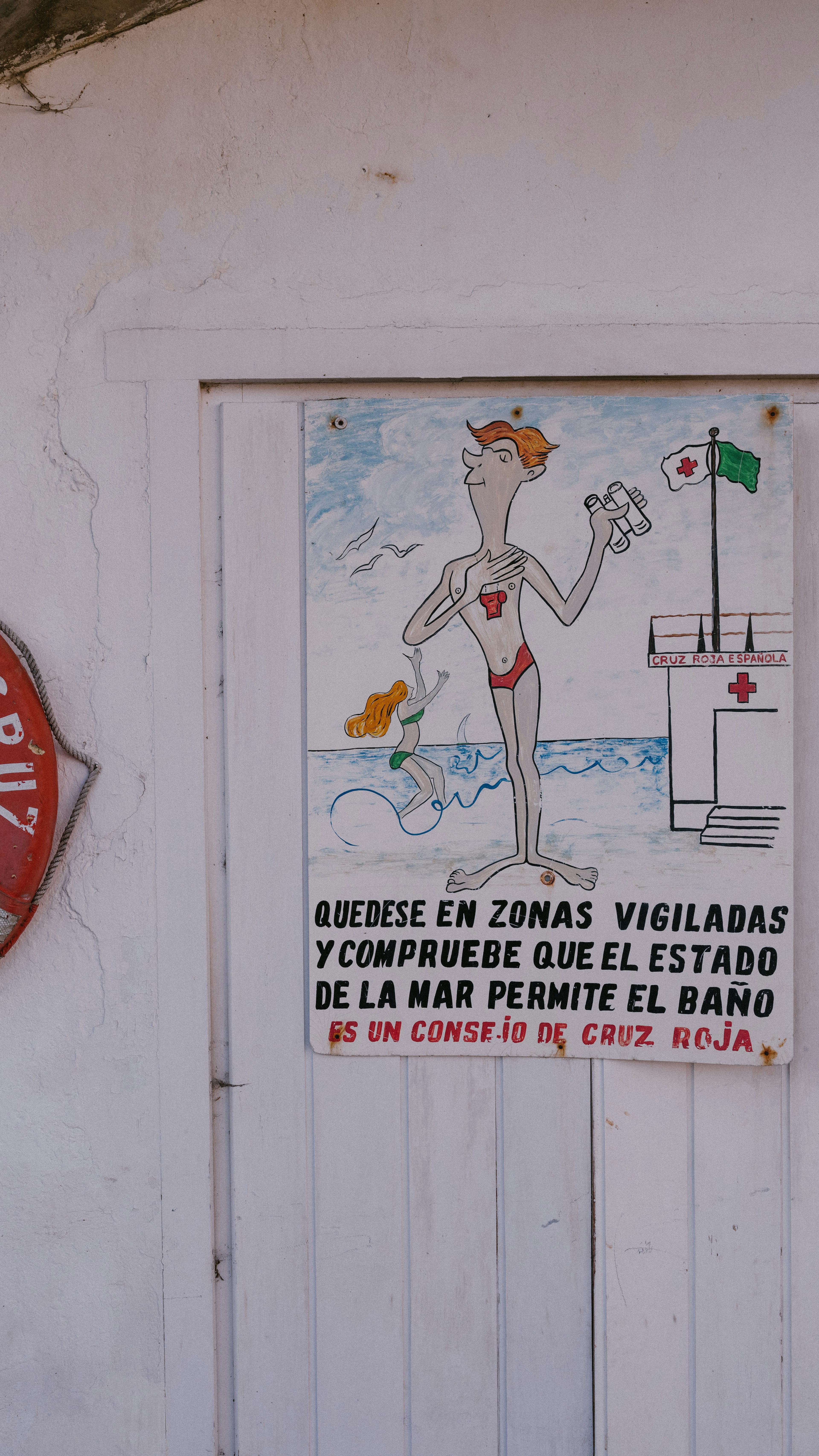
Asturias
Talk about something for everyone! Asturias is a land full of contrasts – colorful fishing ports and more than 200 beaches; soaring mountains and deep valleys; pre-Romanesque architecture and cultured cities; fizzy cider and pungent cheeses.
-
Oviedo: A fun, sophisticated city with a stash of intriguing sights, some excellent restaurants and a lively population.Architecture fans will love the cathedral and pre-Romanesque buildings.
-
Cider: Asturians have been pouring cider since as far back as the 8th century, and the province’s sidrerías (cider bars) – especially in Gijón – are always a lively scene
-
Cueva de Tito Bustillo: This UNESCO-listed cave contains some of Spain’s finest cave art, including superb horse paintings probably done around 15,000 to 10,000 BCE.
-
Senda del Oso: For a fun outing with kids, rent bikes for a leisurely ride down this former mine railway and see if you can spot the (enclosed) Cantabrian brown bears.
-
Parque Natural de Somiedo and Saliencia Lakes: Need more bears? You can find them here too. Five verdant valleys descend from beautiful mountain country that few foreigners reach. The view of Lago del Valle and Salienca from Picos Albos is stunning.
-
Cudillero: Pastel-painted fishing port houses cascade down to a tiny port on a narrow inlet. Is it the most picturesque fishing village in Spain? Who are we to argue?
What the guides say: The Natural Park of the Ubiñas and the Mesa is the perfect place to visit if you like trekking and mountaineering. You’ll climb the highest mountains of this Natural Park, Ubiña (Grande and Pequeña), Los Fontanes (North and South) and the Picu Fariñentu (Around 8,000 feet) and stay overnight at Refugio de la Vega del Meicín in the heart of the Ubiñas massif.– David Iglesias

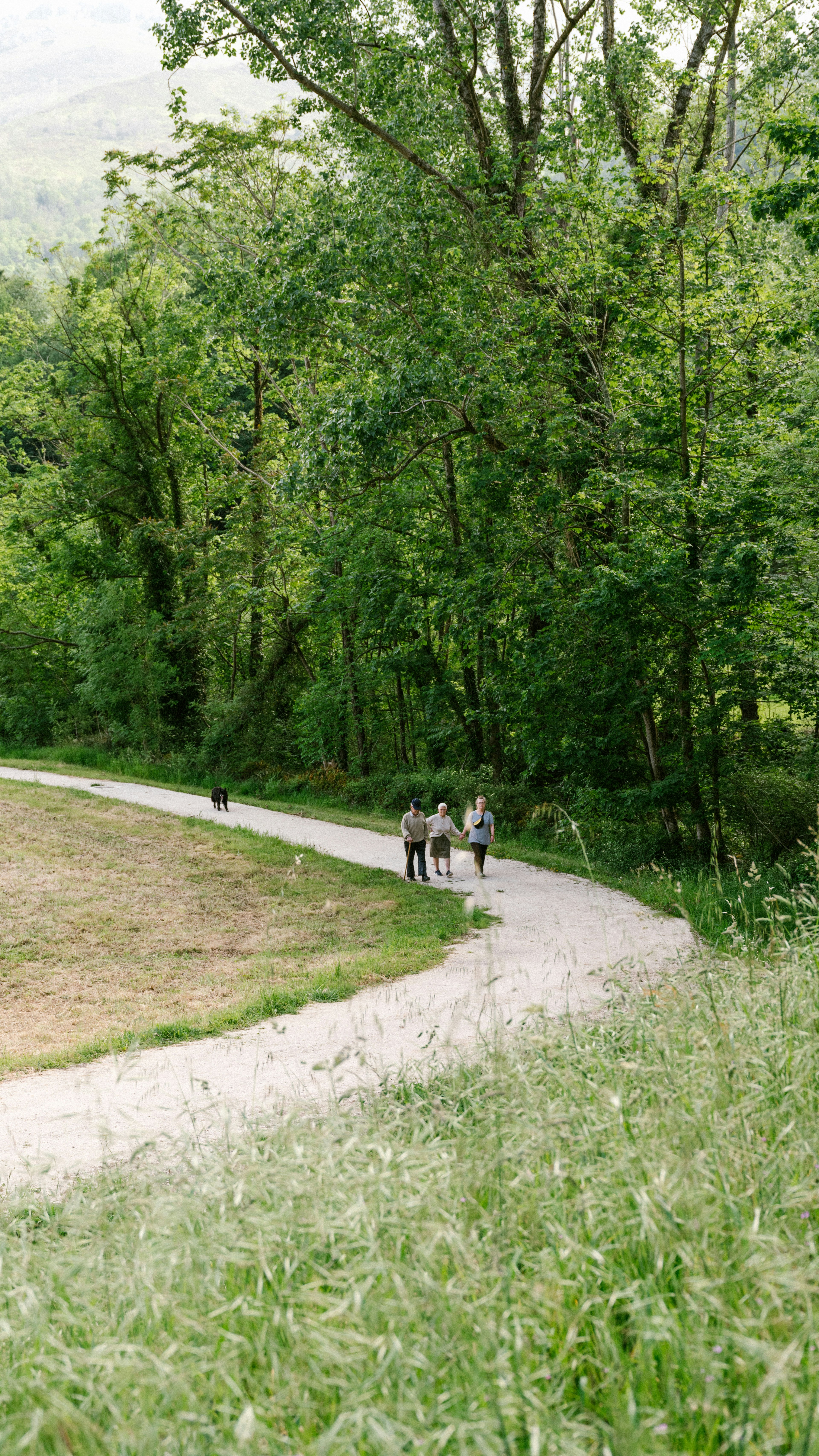
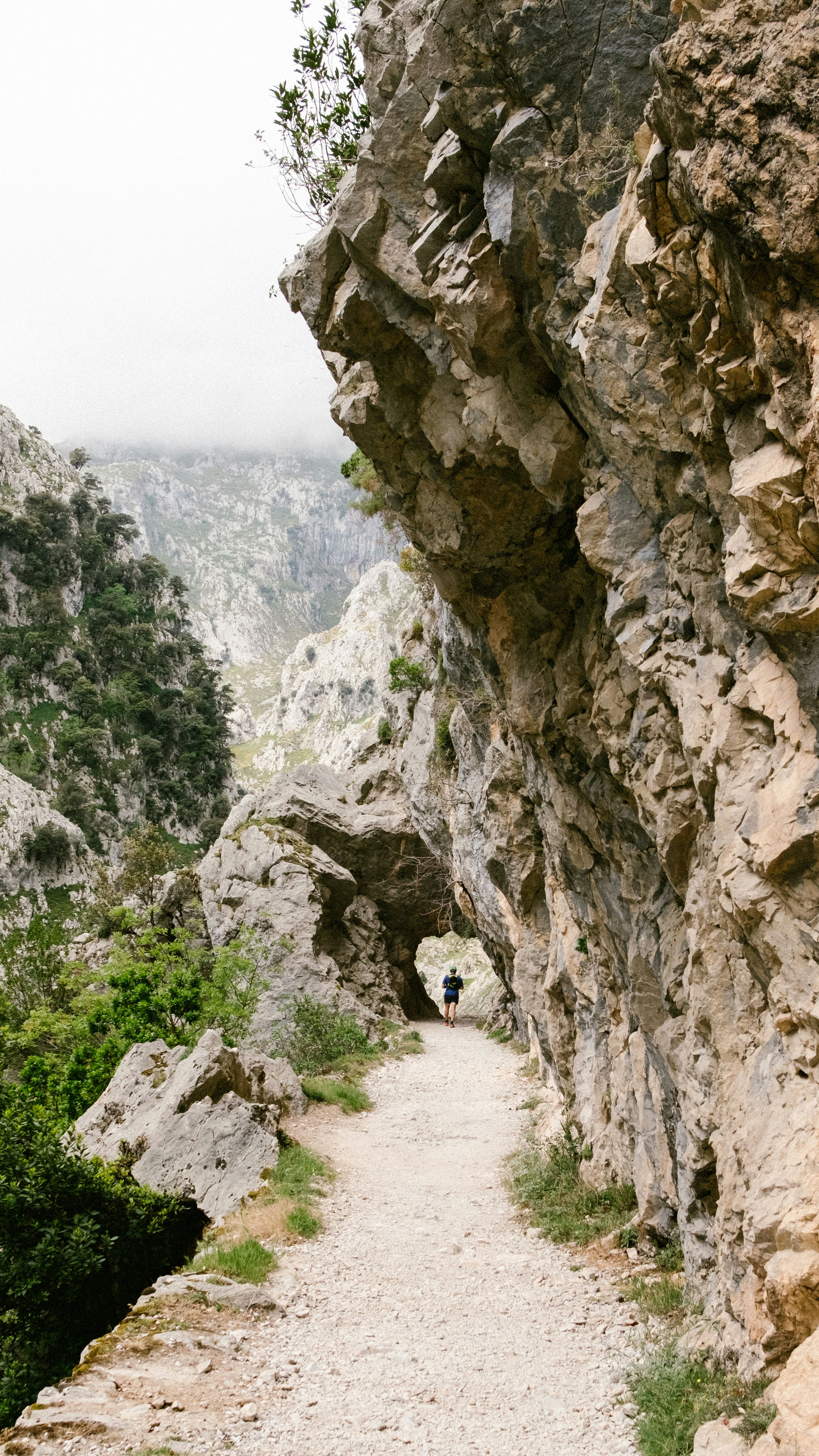

The Picos de Europa
Limestone peaks, lush valleys and crystal-clear rivers make the Parque Nacional de los Picos de Europa a paradise for hikers, climbers and nature lovers. Among the breathtaking views and unique wildlife, there is a diverse range of outdoor activities.
-
Fuente Dé: The ridiculously popular Teleférico de Fuente Dé cable car whisks people to the superb heights of the southeastern Picos.
-
Ruta del Cares: A trail is carved high into and through the rugged walls of a magnificent and dramatic gorge, with limestone peaks soaring far above.
-
Sunset from the Collado Jermoso: This mountain refuge in the central massif is located more than 3,280 feet above the Valdéon valley. It’s the perfect place to end a day of mountaineering.
-
Lagos de Covadonga: These two beautiful little lakes are set between absurdly picturesque peaks. Some stunning walks follow marked and looped trails.
-
Paddling the Río Sella: Several agencies in Arriondas, Cangas de Onis and other nearby towns rent canoes, kayaks, paddles and everything else you need for a rapids-run.
-
Casadielles: A flaky Asturian pastry filled with walnuts and anise. It comes from traditional Sephardic cooking and is a delicious way to end a day of outdoor exertion.
What the guides say: “More and more visitors are choosing to spread their stay over several days and points of interest. This allows them to explore the area in depth and enjoy the experience in a more authentic way. (Green Spain) should be enjoyed leisurely, allowing ample time to appreciate its beauty from all possible perspectives.” – Estefanía

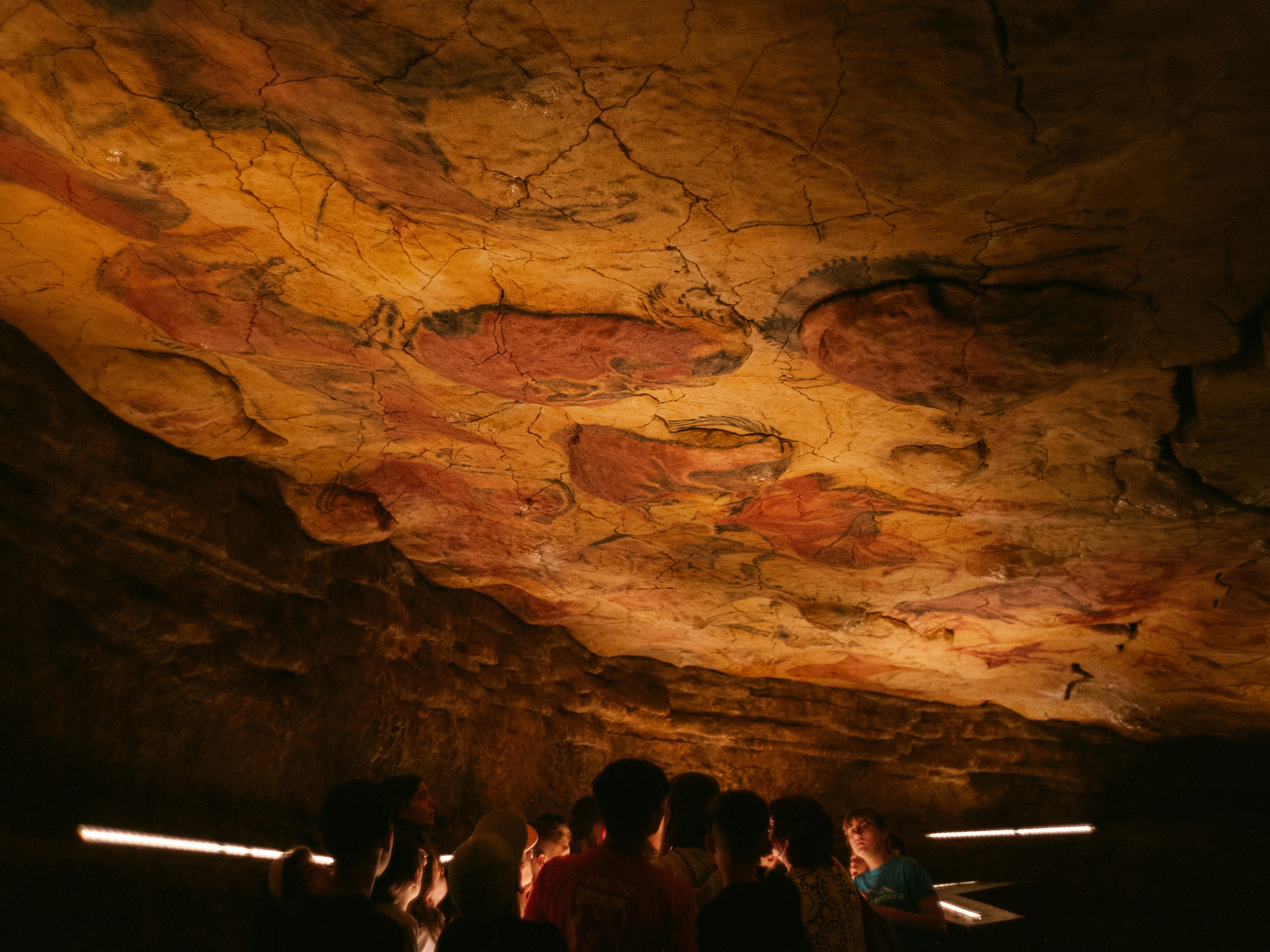
Cantabria
Sharing the Picos de Europa with Asturias, Cantabria draws in outdoor adventurers and nature lovers with its rugged coastline, mysterious ancient cave art, cliff-backed beaches and lush green valleys. Sturdy stone houses with red-tile roofs make road tripping here a joy, and the capital city Santander buzzes with energy and culinary experimentation.
-
Altamira: Spain’s most renowned cave paintings date back thousands of years, showcasing intricate depictions of animals and human hands.
-
Santander: The belle-époque elegance of El Sardinero’s sandy beach area, an array of bewitching pintxos (elaborate tapas) bars, and the splashy Centro Botin arts center give Santander its unique character.
-
Santillana del Mar: This medieval jewel is in a perfect state of preservation, with its bright cobbled streets, flower-filled balconies and huddle of tanned stone and brick buildings.
-
Comillas: Check out the funky buildings in this small hilltop village. Its medieval center is built around cobbled plazas, and Modernista architects have found creative outlet in designing the surrounding houses.
-
San Juan de Gaztelugatxe: This jaw-dropping clifftop hermitage has only grown in popularity since it was used to represent Dragonstone in the HBO shows Game of Thrones and House of the Dragon.
What the guides say: Our favorite places in the Cantabrian Mountains are its forests, beautiful, green and full of life, and its magnificent mountains, which rise abruptly from the bottom of the valleys to almost touching the sky. Local culture and traditions here have endured since ancient times… The Sephardic lifestyle, harvesting, crafts, popular knowledge, the use of the environment and the adaptation to the environment. There are many stories to tell … legends included.– David Iglesias
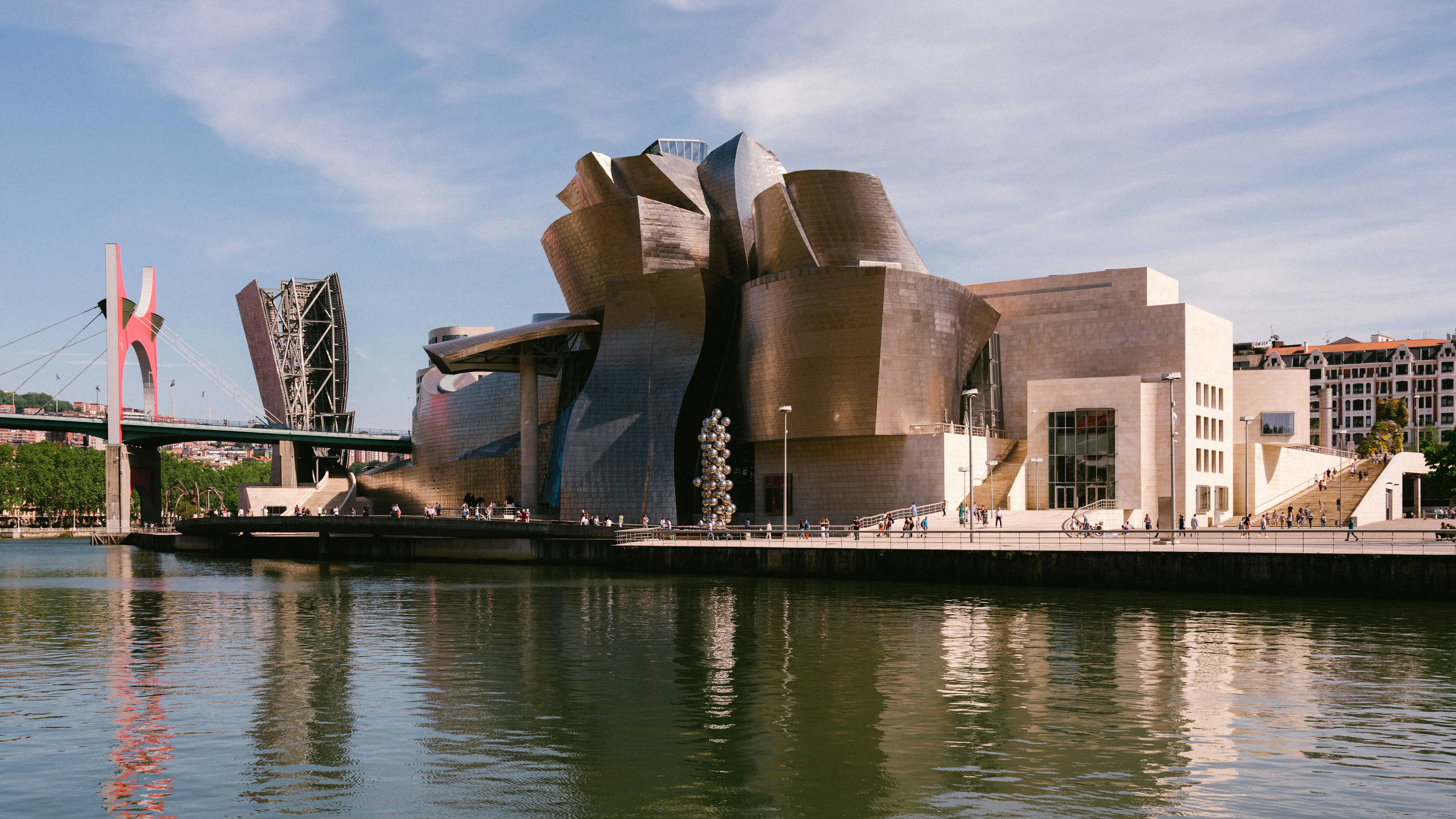
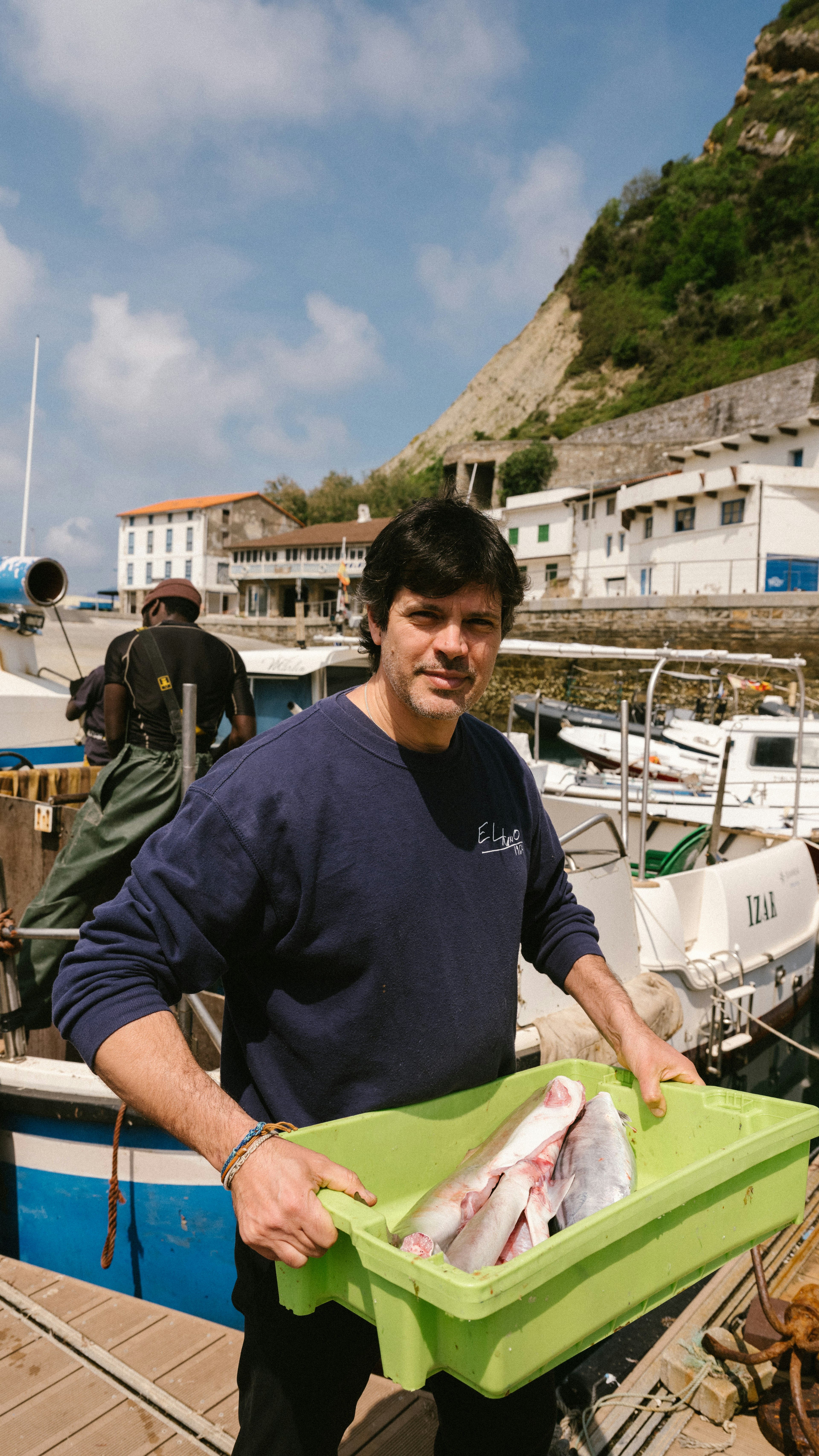
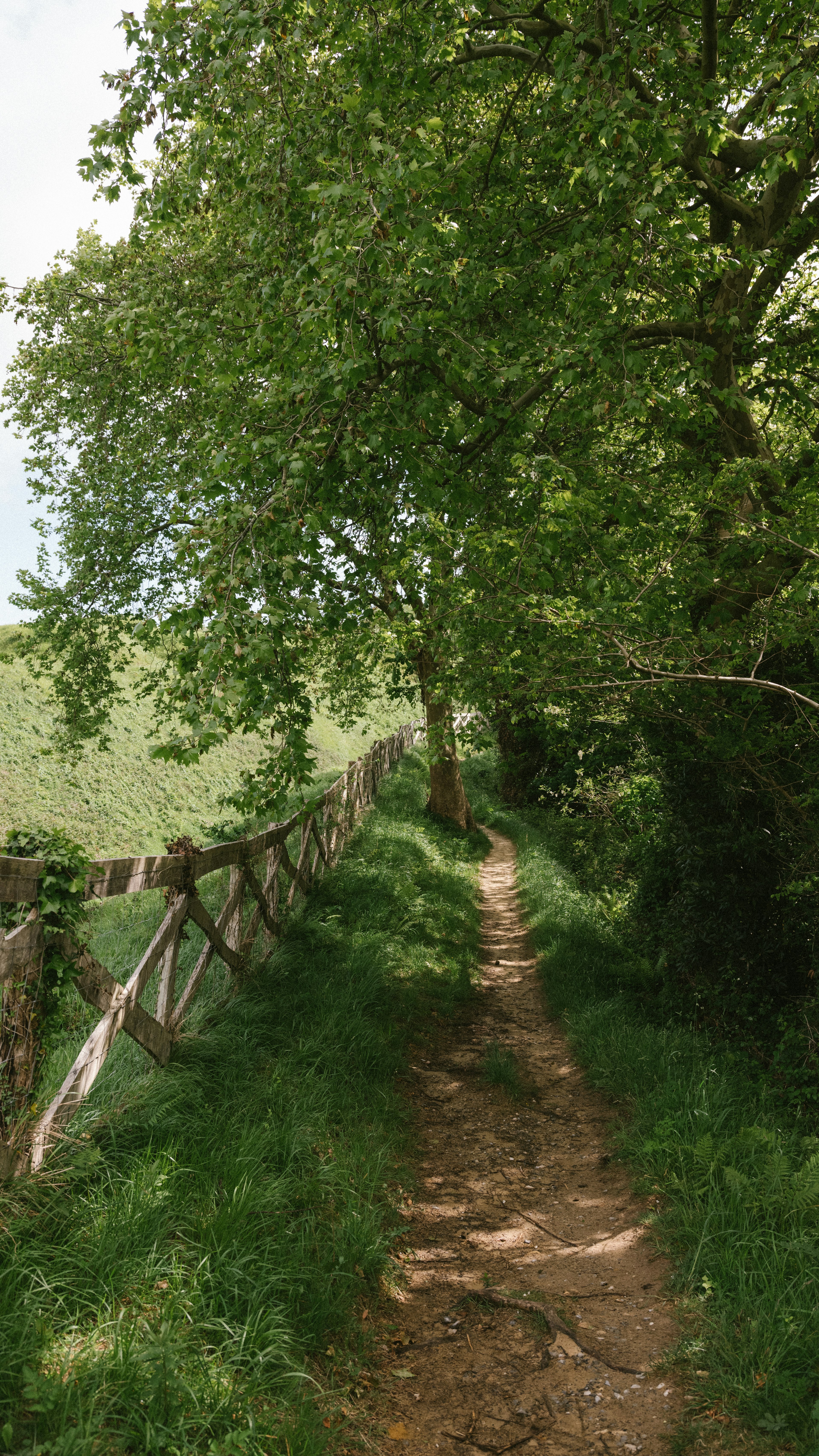
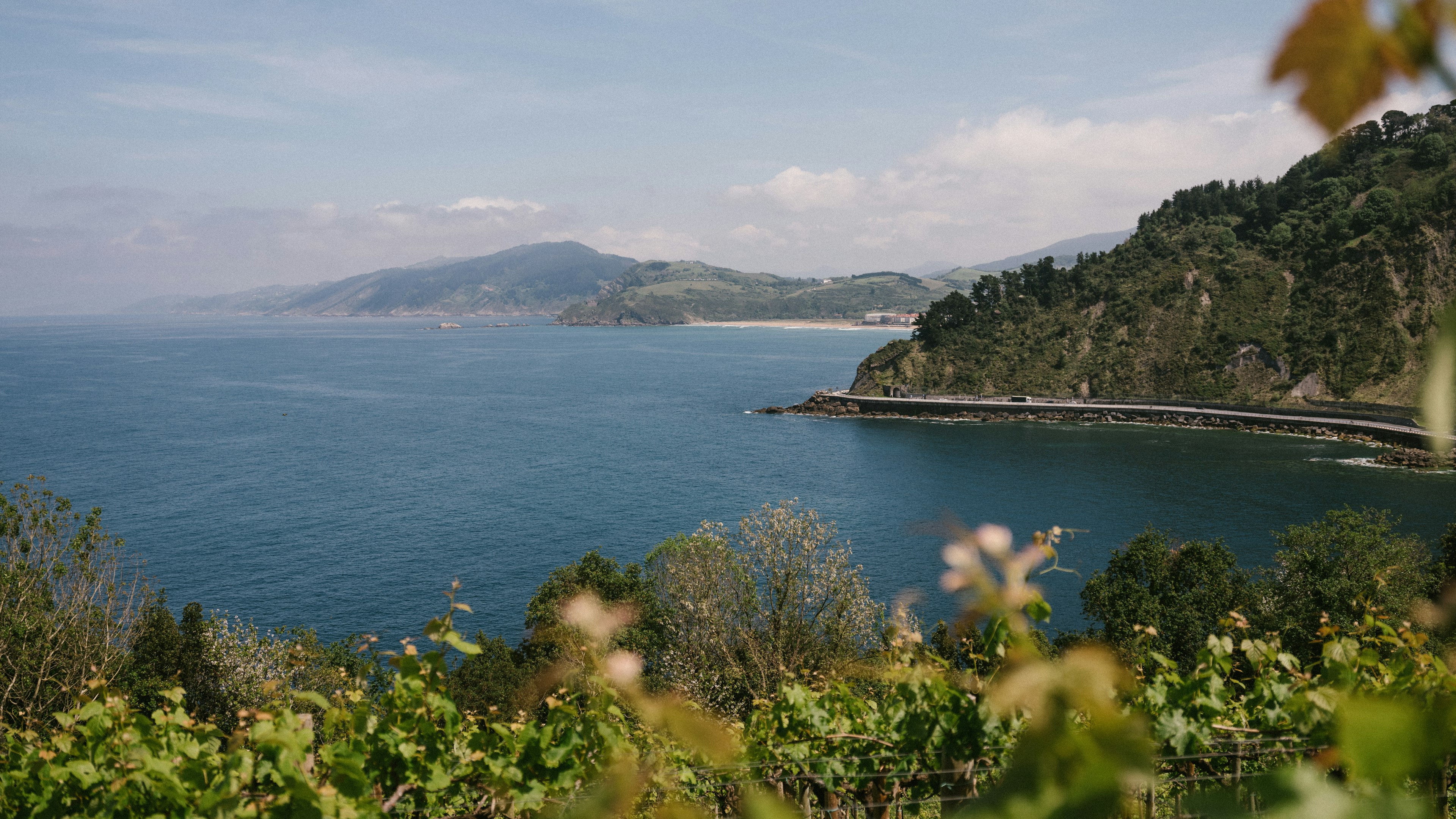
Basque Country
Furthest east among Green Spain’s four provinces, the Basque Country demands exploration beyond the delightful and cosmopolitan main cities of Bilbao, Vitoria and San Sebastián. Its renowned culinary scene, distinct language and traditions, and mix of mountain and coastal landscapes mean your travels here are always curious and frequently rewarded.
-
Bilbao: The Guggenheim, one of Spain’s architectural treasures, is just the jewel in this city’s crown. You can find artistic inspiration down nearly every street of the Old Town.
-
San Sebastián: Elegant art nouveau buildings look out over perfect La Concha Bay, green Mount Urgull rises from its edge, and fabulous pintxos are down every cobbled lane.
-
The Basque Coast: The cultural and natural richness is on full display in coastal towns like Bermeo. At low tide, you can walk to a scenic island just off-shore from picture-perfect Lekeitio.
-
Surfing Zarautz or Mundaka: Wave riding comes with the territory on these pretty – if chilly – waterfront spots. Mundaka’s break is particularly legendary.
-
San Juan de Gaztelugatxe: This jaw-dropping clifftop hermitage has only grown in popularity since it was used to represent Dragonstone in the HBO shows Game of Thrones and House of the Dragon.
What the guides say: “(Using a local guide) to incorporate local culture, traditions and hidden gems as much as possible is the key to a visit you’ll always remember. Passing through magical places full of secrets or curiosities, experiencing traditions firsthand and allowing yourself to feel, experience and see it with your own eyes will ensure your experience remains in your mind and heart.” – Estefanía
